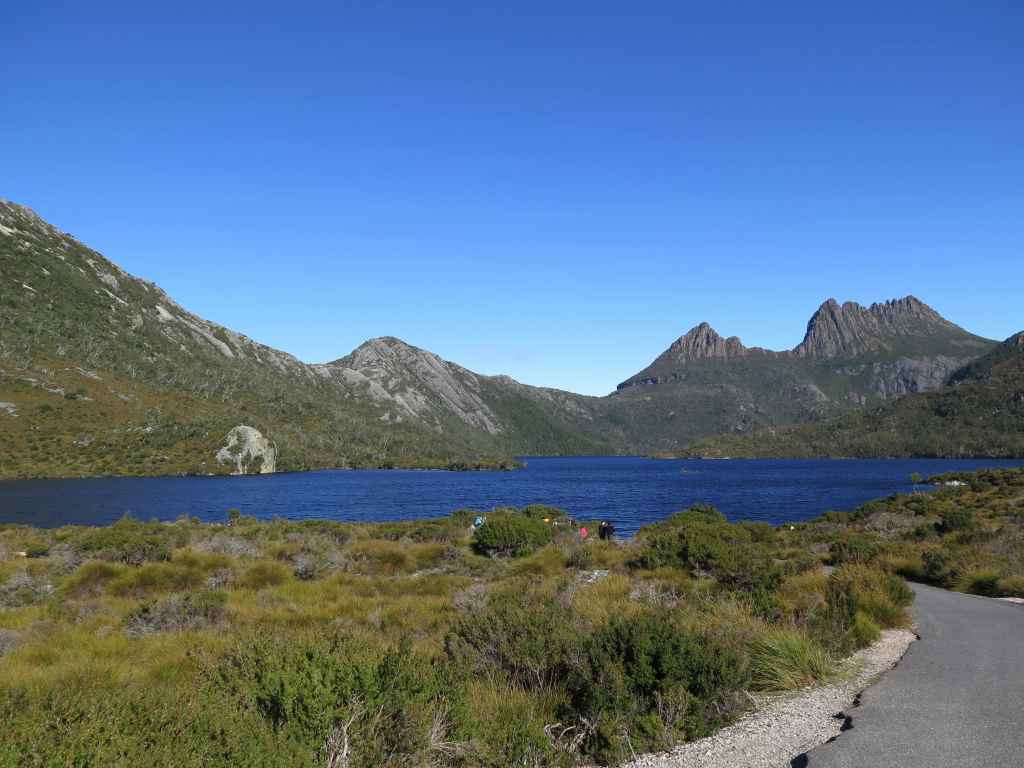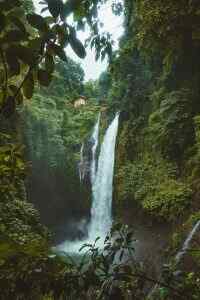The Unforeseen Silence: What Happens When Humanity Vanishes?

Imagine a world where the constant hum of human activity simply… stops. No more traffic, no more factories, no more digital chatter. This isn’t a scene from a dystopian movie; it’s the thought-provoking premise explored in H.B. Soni (Goldsmith)’s 2025 book, “The World Without Humans.” What would our planet look like, feel like, *be* like, if we were suddenly gone? It’s a question that prompts a deep dive into our impact, nature’s resilience, and the very essence of our existence.
The Immediate Aftermath: A World on Pause
The moment humanity disappears, the world doesn’t stop. It just… changes. Power grids, reliant on constant human oversight, would fail. Cities, the bustling hubs of our civilization, would fall silent. Think of it: cars abandoned mid-journey, doors left ajar in homes, and marketplaces filled with perishable goods quickly spoiling. It’s a stark, almost surreal tableau, highlighting the swift dissolution of human order and the planet’s indifferent continuation of its natural rotation.
Urban Landscapes: Monuments to Absence
Our cities, once vibrant with life and purpose, would transform into eerie testaments to what once was. Traffic lights would go dark, streets would empty, and homes would remain as frozen moments in time, filled with personal belongings. This creates a profoundly unsettling atmosphere, where the remnants of our lives serve as poignant, silent reminders of a vanished presence. Nature, however, wouldn’t wait long to begin its reclamation.
Nature’s Relentless Reclamation: The Green Tide Rises
The book vividly details nature’s tenacious reassertion of dominance. Hardy weeds would start to breach asphalt pavements, and tenacious vines would ascend the towering facades of skyscrapers, seeking out every crevice. Roots, driven by an ancient imperative, would begin their slow but inexorable work of cracking foundations, gradually dismantling the man-made structures that once defined our urban environments.
The Infiltration of the Concrete Jungle
This process of nature reclaiming urban spaces is already observable in many parts of the world. Cities are increasingly experimenting with rewilding initiatives, transforming unused lots into green spaces and allowing native plant species to flourish. Even without active rewilding, nature finds a way. Abandoned buildings are slowly being enveloped by vegetation, and wildlife is cautiously, then confidently, returning to areas previously dominated by humans.
Wildlife’s Return to the Metropolis. Find out more about world without humans book.
As human activity recedes, wildlife would begin to reclaim urban spaces. Deer might be seen grazing peacefully in overgrown parks, and coyotes could roam freely through deserted streets, their calls echoing in the newfound quiet. This re-emergence of fauna into areas once solely occupied by humans highlights the planet’s inherent capacity for ecological recovery and the remarkable adaptability of its non-human inhabitants.
The Decay of Human Ingenuity: Technology and Architecture’s Fate
Our sophisticated technological achievements, so central to modern life, would inevitably face decline without constant human maintenance. Servers would crash, communication networks would fall silent, and the vast digital infrastructure that once connected the globe would begin to decay, rendering complex systems inoperable.
The Silent Servers and Collapsed Networks
The intricate web of the internet and global communication systems, so dependent on continuous power and maintenance, would likely cease to function within a relatively short period after human absence. While some infrastructure might endure for a time, the lack of human intervention would lead to a cascading failure of these complex, interconnected systems.
Crumbling Monuments and Fading Structures
Grand architectural achievements, symbols of human ambition and engineering prowess, would succumb to the slow, relentless forces of nature and time. Buildings, once symbols of permanence, would begin to crumble, their materials reclaimed by the elements. It’s fascinating to consider that structures made from the earth itself, like stone, might endure longer than modern glass and metal constructions.
Earth’s Cleansing and Renewal: Environmental Restoration
The book vividly portrays the rapid cleansing of the environment in humanity’s absence. Rivers, once polluted by industrial and domestic waste, would begin to clear, their waters regaining their natural luminescence. Air quality would improve dramatically as emissions cease, allowing for a return to pristine atmospheric conditions.
The Purification of Waterways and Atmosphere. Find out more about nature reclaims cities after humans guide.
The cessation of industrial activity and vehicle emissions would lead to a swift decline in air and water pollution. Rivers and oceans, freed from the constant influx of waste, would begin to heal, and the atmosphere would gradually clear. While the lingering effects of past pollution, like plastics and greenhouse gases, would persist for a considerable time, the planet’s natural processes would commence a long journey of restoration.
The Re-establishment of Natural Cycles
As human intervention ceases, natural hydrological cycles would be re-established. Dams and levees, no longer maintained, would begin to fail, allowing rivers to reclaim their natural courses. This process of ecological restoration demonstrates Earth’s immense capacity for self-healing and its ability to revert to more natural states when freed from human manipulation.
The Deep Time Perspective: Geological Eras and Human Footprints
Looking far into the future, geological processes would relentlessly work to erase almost all traces of human existence. Natural erosion, tectonic shifts, and the slow march of geological time would conspire to wear away and bury the remnants of human civilization, demonstrating the transient nature of our impact on a planetary scale.
Erosion and the Erasure of Evidence
Over centuries and millennia, natural forces like erosion and weathering would break down our structures and artifacts. While some evidence, like the radioactive isotopes from nuclear activity, might persist for millions of years, much of our built environment would eventually be reclaimed by the earth.
The Stratified Human Layer
Despite this pervasive erasure, the narrative suggests that a faint, stratified “human layer” might remain within the Earth’s crust – a subtle imprint of our existence, a whisper in the planet’s vast, ancient story. This geological record serves as a testament to our passage, a subtle reminder of our time on Earth.
The Enduring Tapestry of Life: Evolution’s Unburdened Path. Find out more about environmental restoration after human absence tips.
This comprehensive portrayal showcases life’s remarkable adaptability and the powerful, inherent drive towards ecological balance. Without human interference, ecosystems would naturally move towards equilibrium, demonstrating the resilience and ingenuity of the natural world.
Life’s Adaptability and the Drive for Balance
Life on Earth has always been adaptable, and in the absence of human pressures, it would continue to evolve and find new ways to thrive. This natural drive towards balance is a fundamental aspect of ecosystems, showcasing the planet’s ability to heal and rebalance itself.
New Dominant Species and Evolving Forms
The narrative speculates on the future of life on Earth, exploring the potential emergence of new dominant species or the significant evolution of existing ones into novel forms. Unburdened by human intervention, life would continue its grand experiment of evolution and adaptation, charting new and unforeseen paths.
Humanity’s Fleeting Impact: A Philosophical Reflection
The final chapters offer a profound philosophical reflection on humanity’s brief yet impactful presence on Earth. This is contrasted with the planet’s vast, ancient narrative and its enduring resilience, highlighting the ephemeral nature of human civilization against the backdrop of geological time.
The Contrast of Human Presence and Planetary Narrative
Philosophers ponder the ethical implications of human extinction, questioning whether it would be a tragedy or a neutral event, and how our brief existence compares to the planet’s immense history. Our impact, while significant in the short term, is fleeting when viewed against the backdrop of geological time.
The Self-Healing Planet: Indifferent Majesty. Find out more about decay of technology without humans strategies.
Ultimately, the book asserts that the world without humans is not a desolate void but a vibrant, self-healing planet. It is teeming with life, continuing its majestic cycles, utterly indifferent to the fleeting consciousness that once called it home. This perspective underscores the planet’s intrinsic vitality and its capacity to thrive independently of humanity.
The Legacy of Story: Transcending Physicality
The narrative concludes with the idea that humanity, in its essence, leaves behind a legacy that transcends its physical form. This “faint echo” ensures that the universe remembers our unique journey, suggesting that consciousness and experience, even when detached from a physical form, contribute to a larger cosmic tapestry.
The Universe Remembers: A Faint Echo
The concept of “cosmic memory” or a universal field of consciousness suggests that our experiences and consciousness might leave an imprint beyond our physical existence. This “faint echo” hints at a legacy that transcends our material form, contributing to a larger cosmic narrative.
The Infinite Exploration and New Purpose
The concept of “infinite exploration” emerges as a potential new purpose for humanity’s evolved consciousness. This suggests a future where humanity, having transcended its material limitations, continues to explore and contribute to the universe in ways previously unimagined, finding a new form of existence and contribution.
Key Takeaways and Actionable Insights
* Nature’s Resilience: The planet possesses an incredible capacity for healing and regeneration. Witnessing nature reclaim urban spaces serves as a powerful reminder of its enduring strength. * Humanity’s Footprint: Our impact on the environment is profound, but also transient in the grand scheme of geological time. This perspective can encourage more mindful stewardship of our planet. * The Value of Consciousness: The idea of a legacy beyond our physical form invites contemplation on the enduring nature of consciousness and experience. What are your thoughts on a world without humans? Share your reflections in the comments below!








